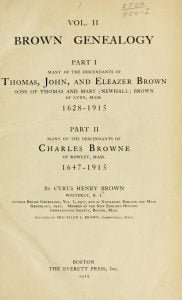Biography of Simon Coats
Simon Coats. Among the men who are representing Wilson County in positions of public importance, none have a better record for clean and capable service than had Simon Coats, sheriff, who had held his present position since January, 1915, but who had been connected with the sheriff’s office since 1911. He had been a resident of Wilson County for more than forty-five years, during which time he had been identified with farming, stockraising and business ventures, and is well and widely known to the people of this community as an honorable man of business and an official possessed of the … Read more



